Project Contact
Ali Farmer
Bastiaan Kolff
Carly McMahon
Cecile Viollet
Justin Bennett
Leon McBride
Matthew Sully
Peter Solberg
Richard Coulson
Shane Horswill
Spyros Barberis
Summer Dickson
Travis Keys
Aaron Cody
Emerald Vermeer
Erin McDonald
Hamish Lonergan
Jon Henzell
Jun Joo
Konrad Panitz
Marty Gowran
The Quandamooka Arts and Culture Centre (QUAMPI)
North Stradbroke Island, Queensland
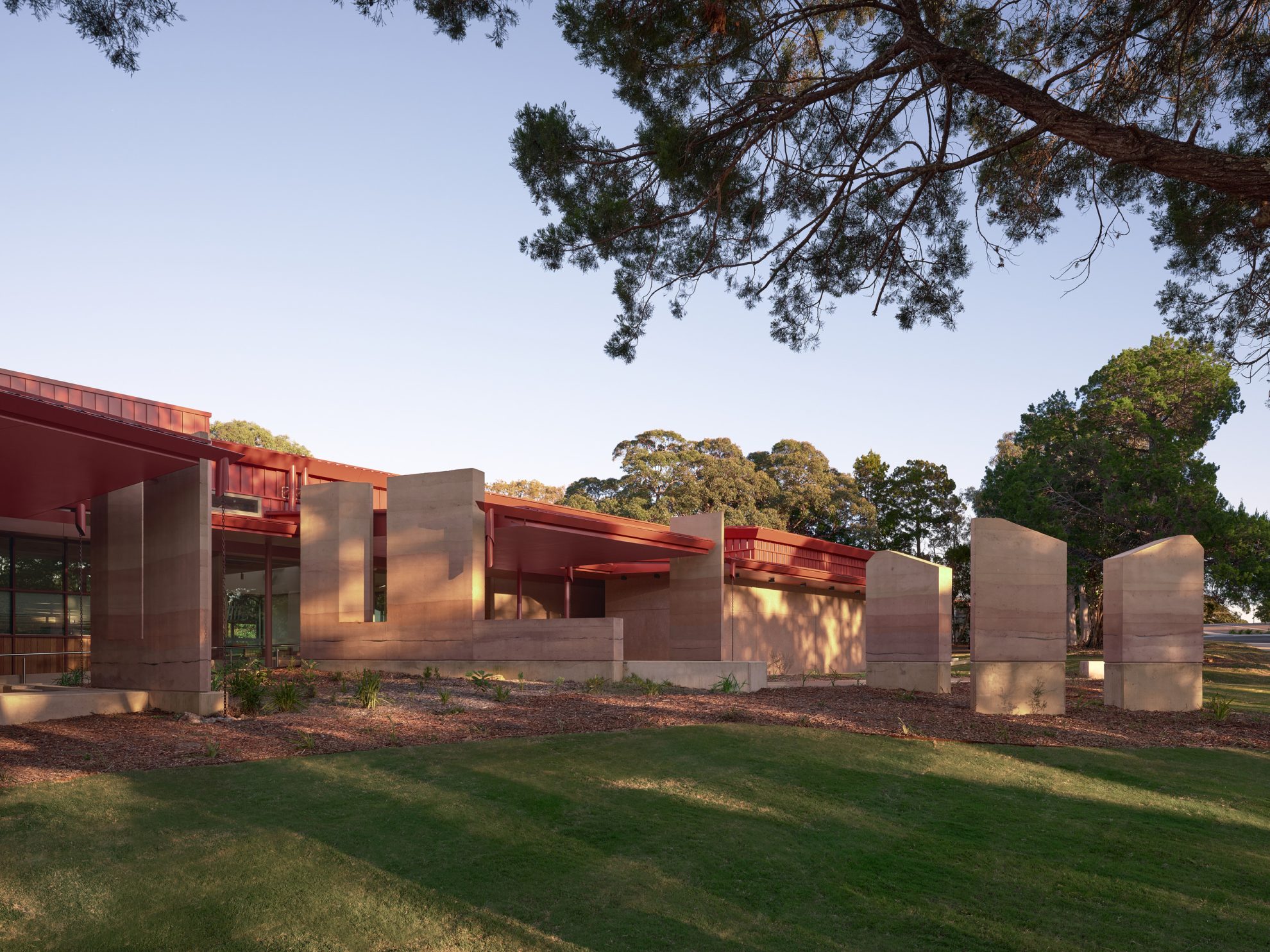
The Quandamooka Arts and Culture Centre (QUAMPI), located at Deanbilla Bay, Gumpi (Dunwich) on Minjerribah (North Stradbroke Island), is a new contemporary arts and cultural centre envisaged as a space for sharing Quandamooka culture through multiple artforms.
The project is part of Minjerribah Futures, the Queensland Government’s investment to support the transition of Minjerribah from its past reliance on sand mining to a new future as a leading destination for cultural and eco-tourism.


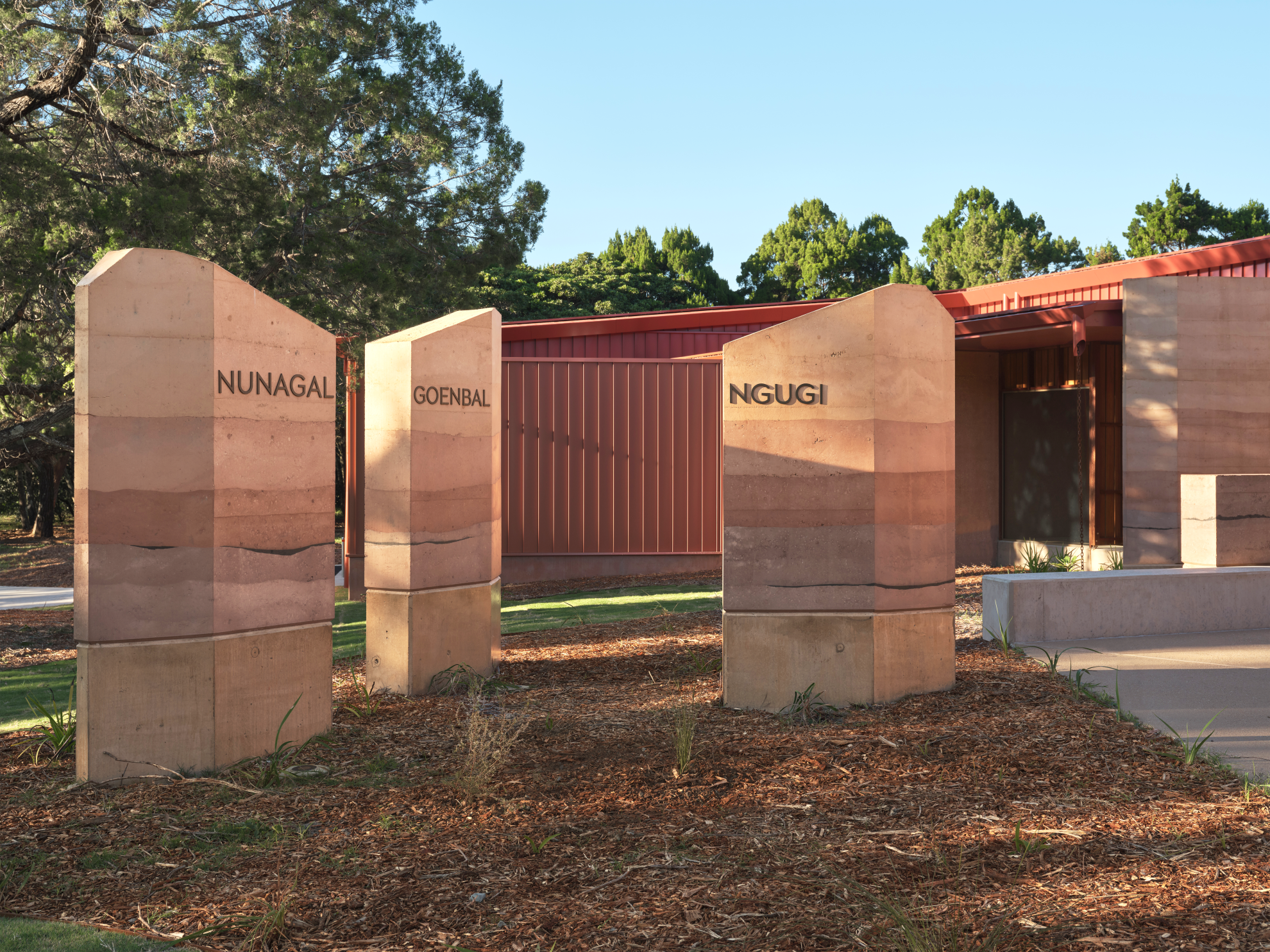
Quandamooka means ‘people of the sand and seas’, for whom the island is a cultural and wildlife sanctuary. The name QUAMPI refers to the local pearl oyster shell that is a totem of the Quandamooka people, connected with Gumpi, and emblematic of the Quandamooka people’s seagoing heritage. Deanbilla Bay continues to be a well-used place of oyster harvest and an important informal community gathering place.
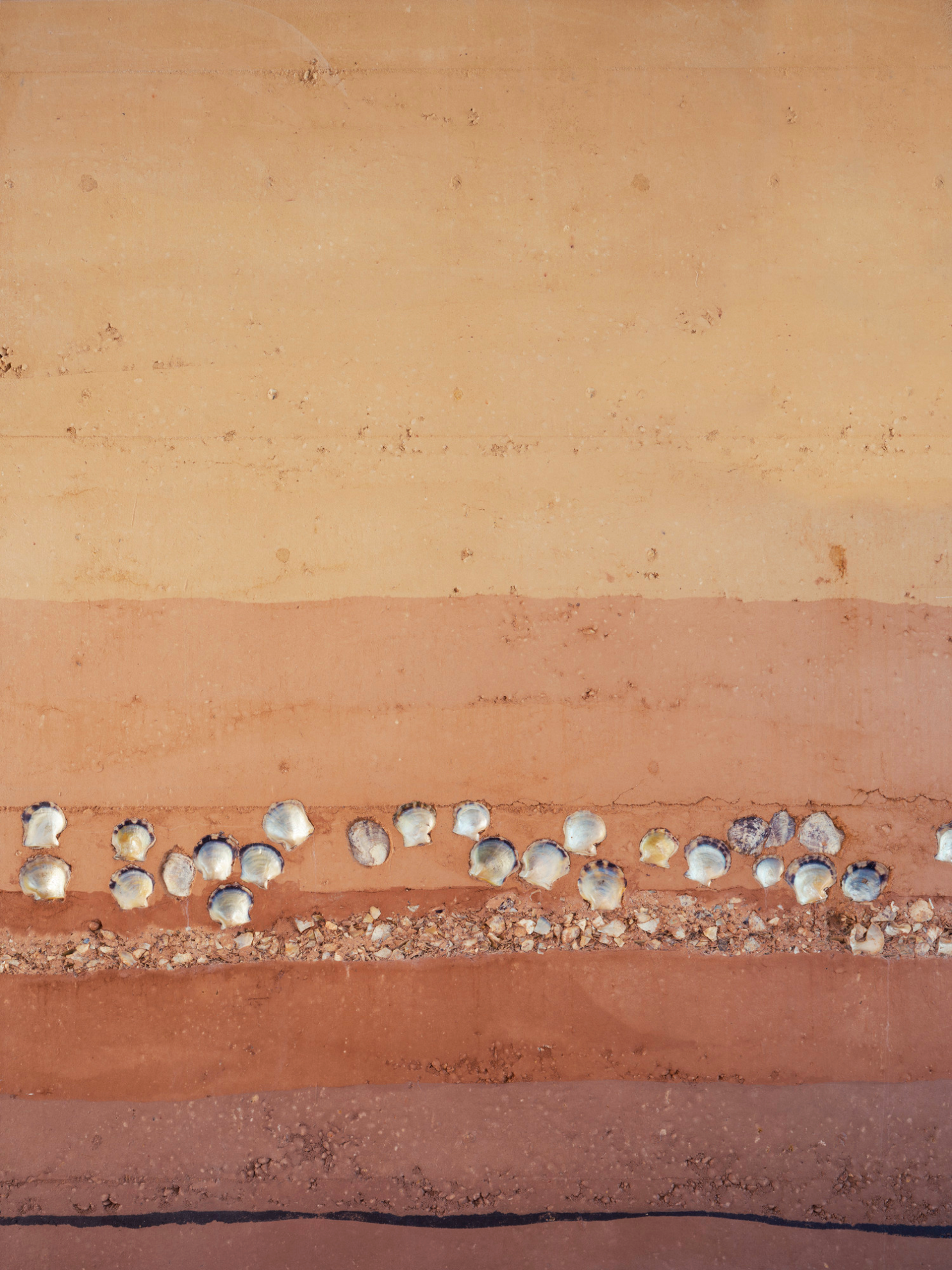
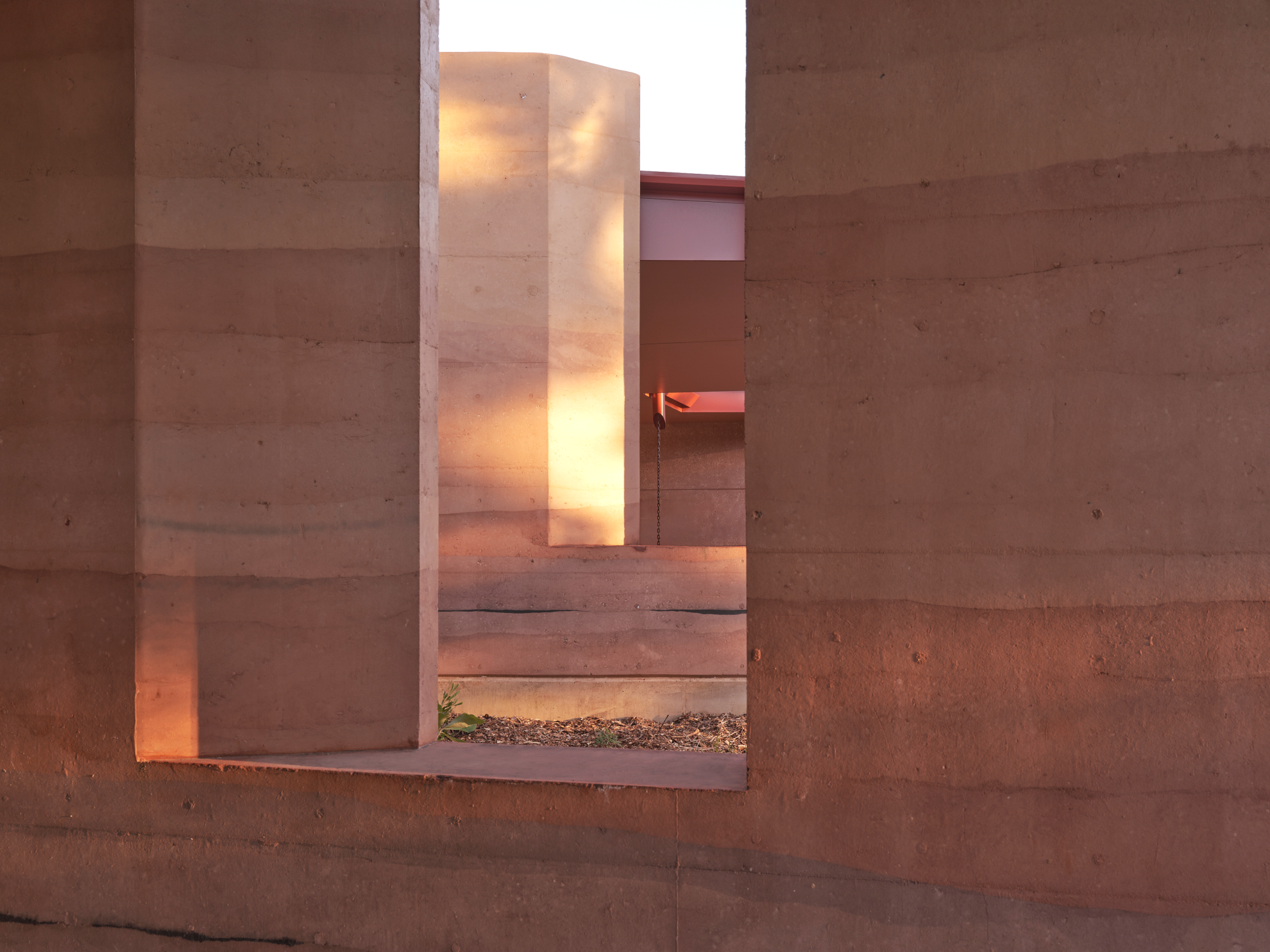
QUAMPI supports community and knowledge-sharing. Featuring exhibition and workshop spaces, a generous open foyer, Elders Space, café and gallery shop, it creates opportunities for local employment, training and economic development. It also facilitates the interpretation of Quandamooka history, language and culture, ensuring Elders can act as cultural custodians of the centre.
Ownership and management of QUAMPI by the Quandamooka community as a centre for Indigenous knowledge is an essential component of its inception and cultural sustainability.
COX Director, Richard Coulson
QUAMPI is a community space, a cultural space and a public offering all responding to place. A strong sense of community welcome and ownership has been a critical component of the design.
Co-designed with Quandamooka elders, the collaborative process ensured the voices of the Nunukul, Goenpul and Ngugui Peoples were embedded throughout the design and acknowledged on plinths at the centre’s entry.
At the heart of the design response is the overarching Quandamooka Design Philosophy developed in collaboration with the QYAC Land and Sea Committee, which celebrates, embeds and interweaves the Quandamooka foundations of Health Country, Healthy People and Healthy Culture.

Siting
Mature trees are preserved and frame a natural clearing for the building, concealing key public spaces from the street. Galleries and secondary spaces are angled to frame views of Deanbilla Bay, the Gumpi township and surrounding landscape. The two wings of the centre embrace a central dance lawn open to the water, while landscape flows around the building edges to embed gathering spaces within the site.
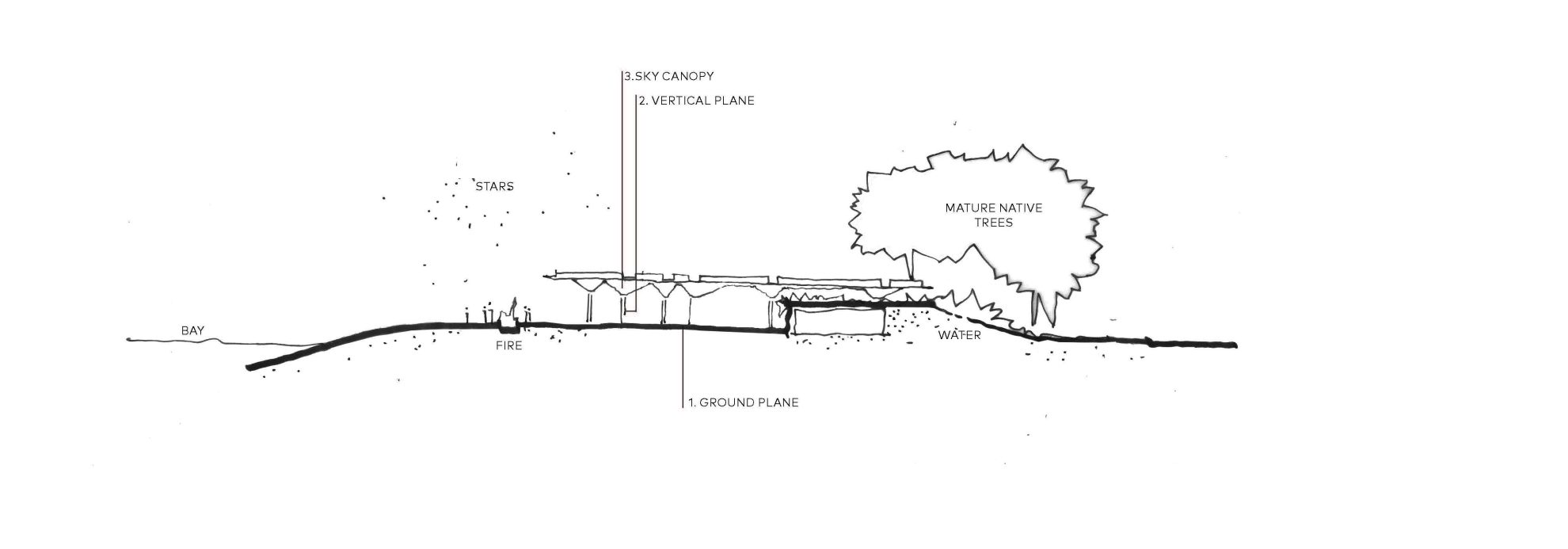
The building is arranged for community access at all hours, independent of ticketed exhibitions and events. Informal gathering spaces at the shoreline are preserved, with entry to the site from the bay encouraged. External spaces support both programmed and informal celebrations and performances, with the dance lawn and fire pit providing opportunities for cooking and ceremony. Endemic plantings provide materials for making, reinforcing the connection between community, culture and Country.

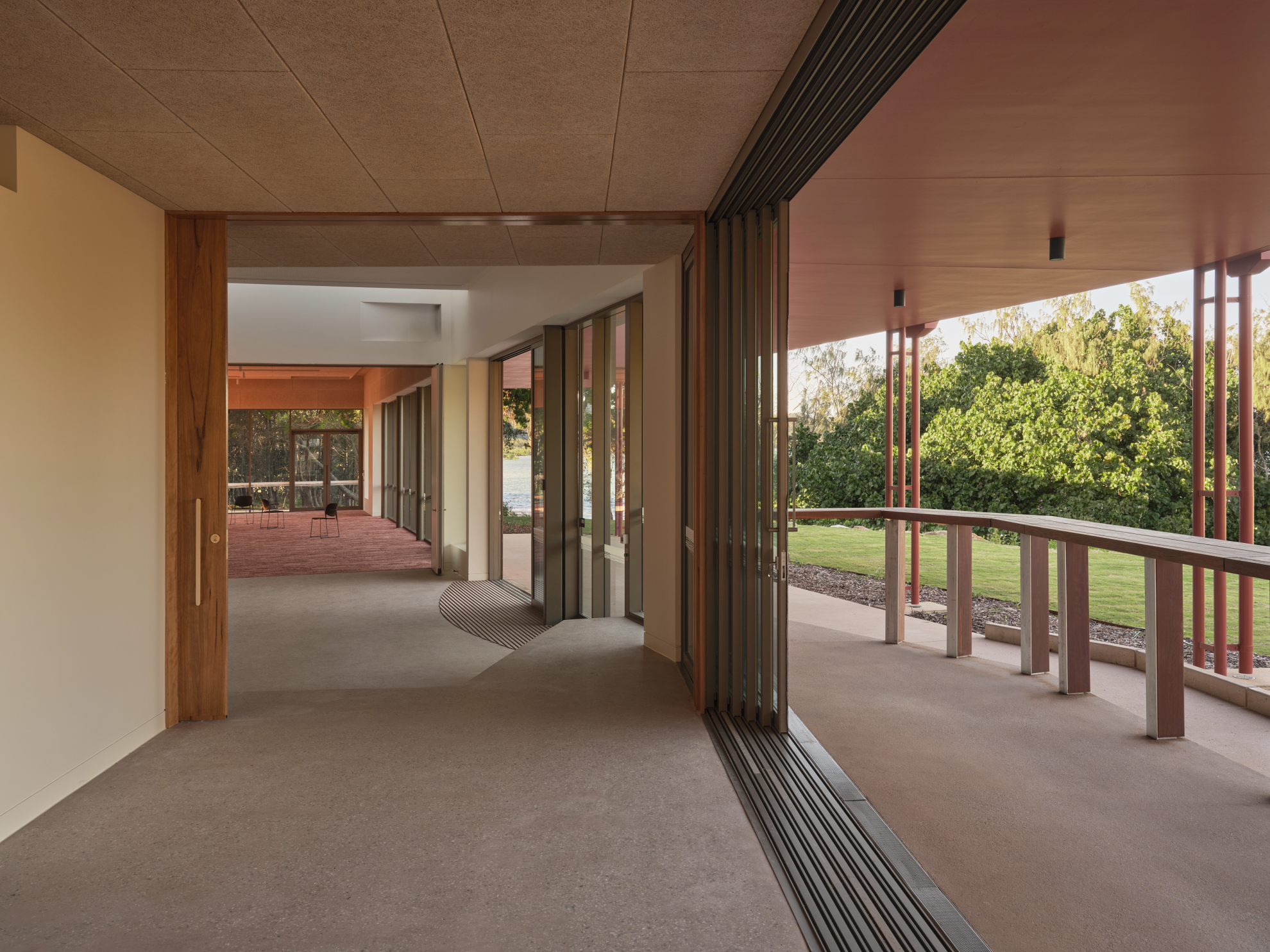
Local Materials
Walls of rammed earth layered with local sand, Quampi shells and artefacts define the arrival sequence.
Stone boulders are quarried on Quandamooka Country, while concrete is produced locally from island sands.
The rammed earth surfaces provide rich interpretive opportunities for artwork and imagery. The layers include:
- Shell middens, speaking to centuries of continuous presence at these shores.
- A coarse aggregate layer representing the island’s significant underground aquifer and freshwater resources of over 100 lakes and wetlands.
Variations in sand colour allude to the richness and diversity of the world’s second largest sand island, with the ochre sands of Deanbilla Bay distinctive in the mix.
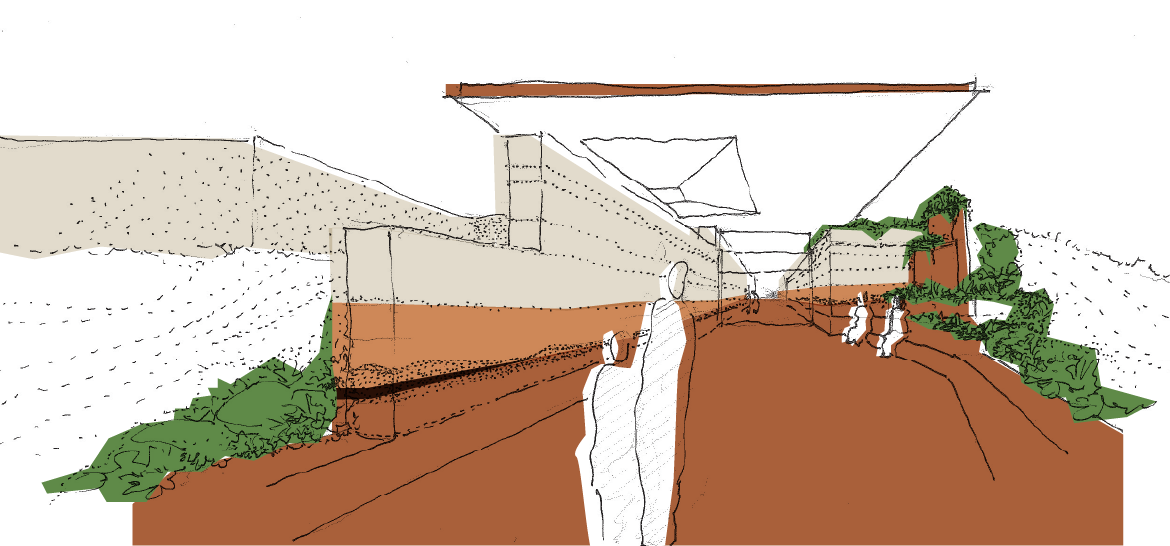
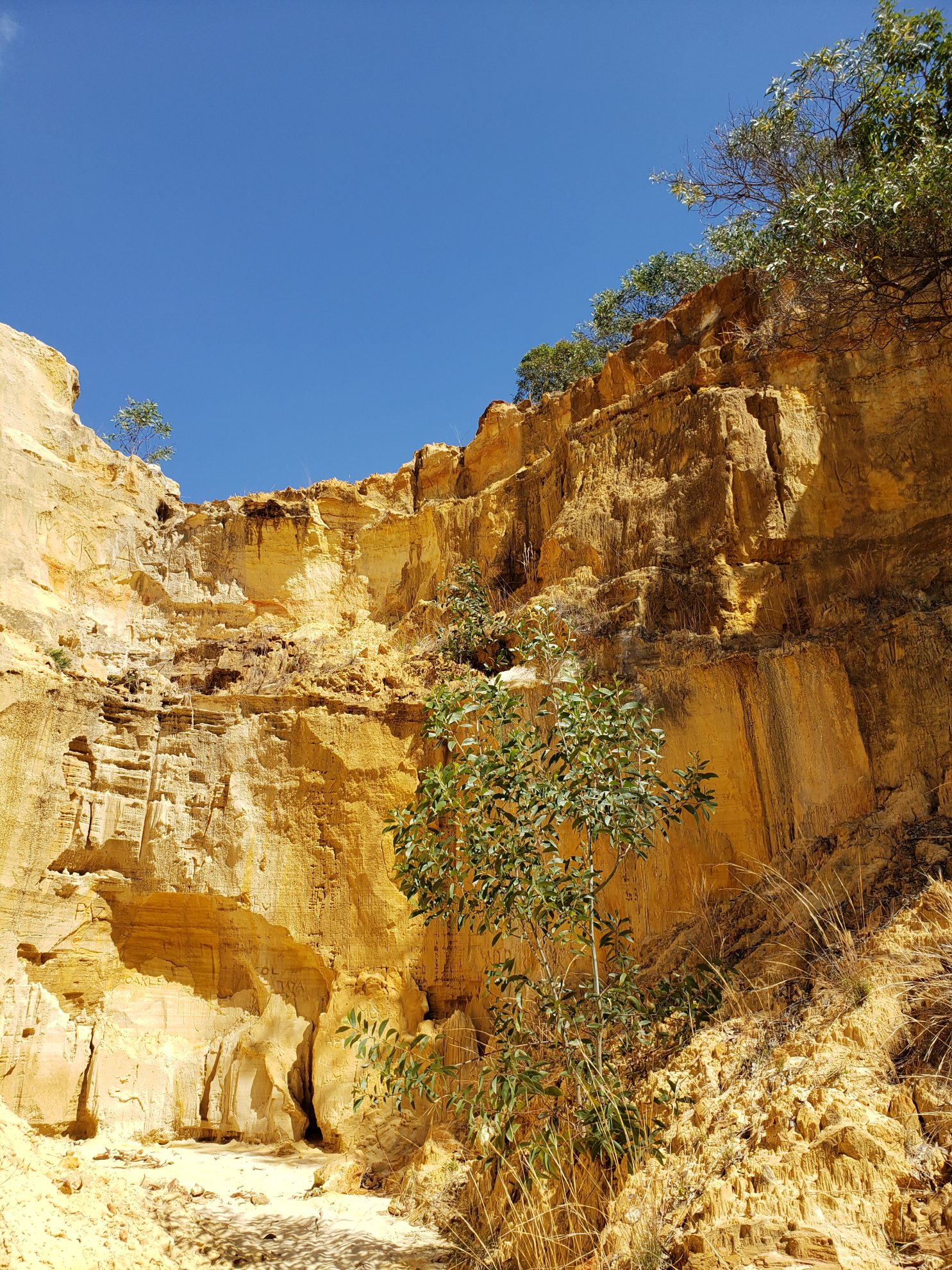
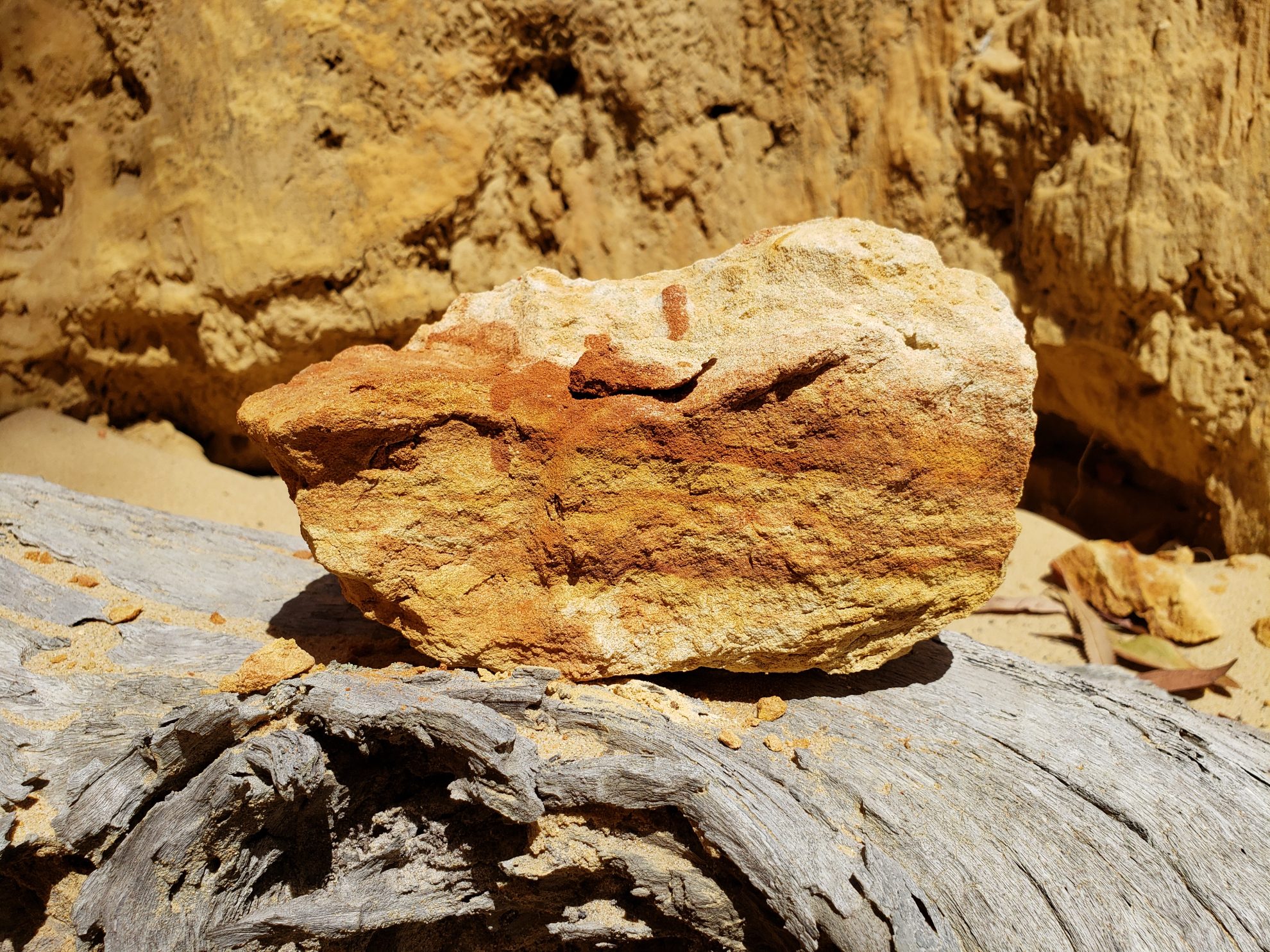
Elders Space
At its heart lies the Elders Space, a Teaching Place for community gathering and knowledge sharing. Its drum-like form opens to the landscape, engaging the panoramic bay views while creating a space where all positions are equal and balanced.
Clad in an open screen of Quandamooka Country timber species, the ‘woven’ design reflects the matriarchal weaving traditions of the Quandamooka people. The screen is visible from both inside and outside the space, capturing changes in light during the day and becoming a glowing lantern by night.

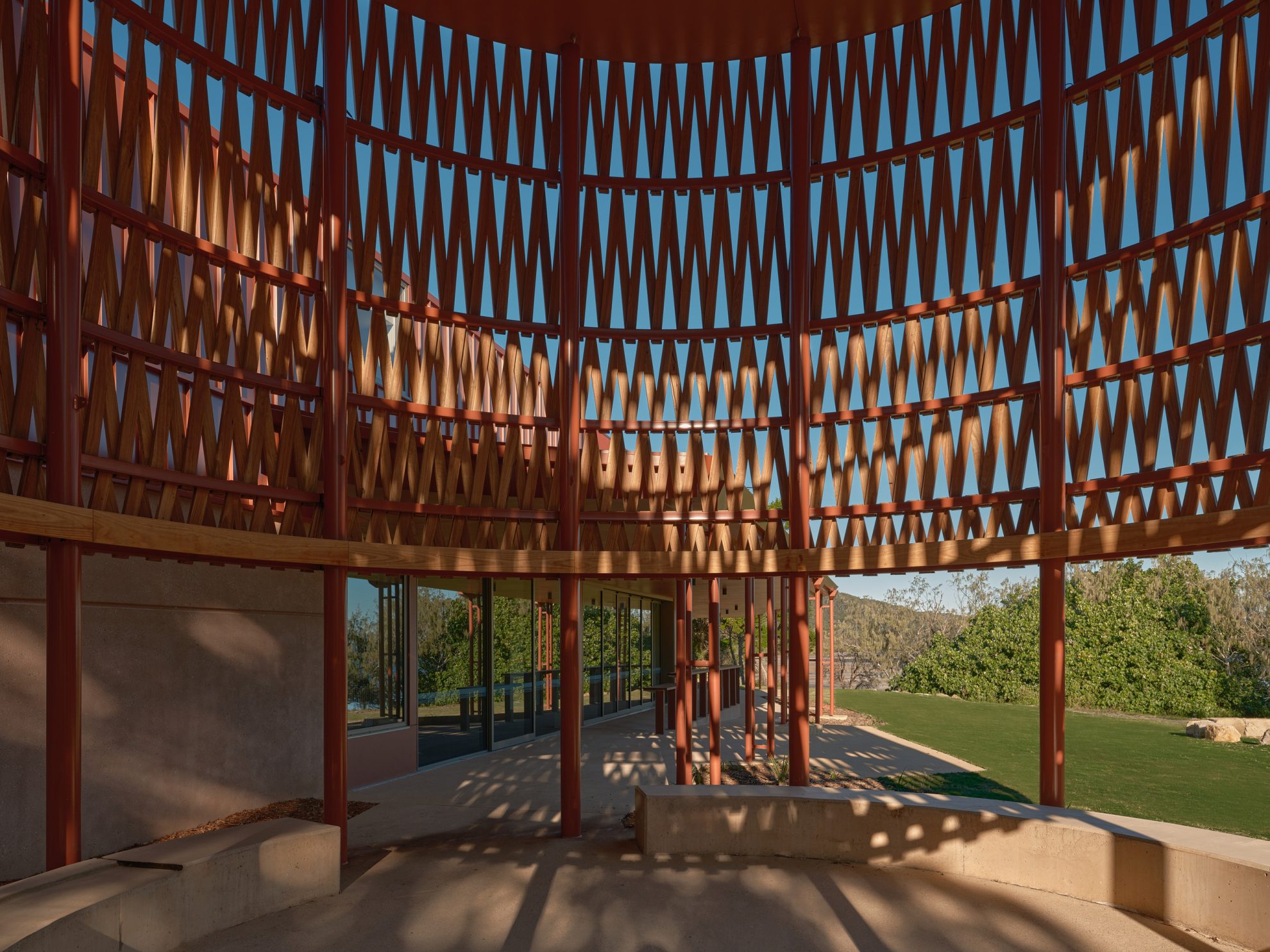
COX Associate Director, Ali Farmer
The Centre is part of a wider arts and culture program that extends well beyond the building footprint. Quandamooka Elders and community members have been incredibly generous in sharing their knowledge of people, place, and culture with us over the last eight years
Project inception and community engagement were delivered in collaboration with The Fulcrum Agency.